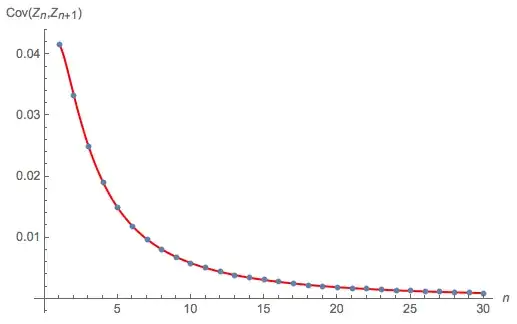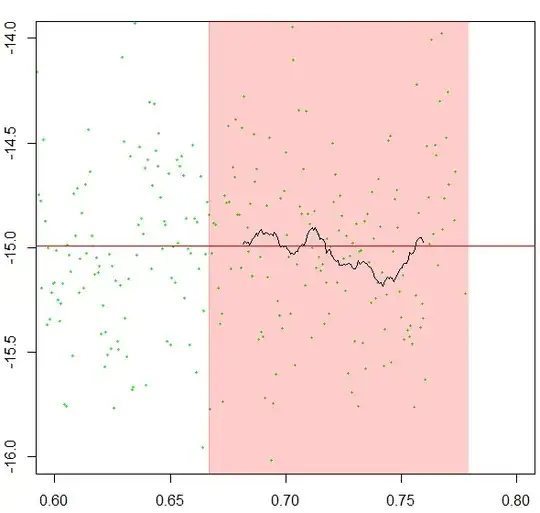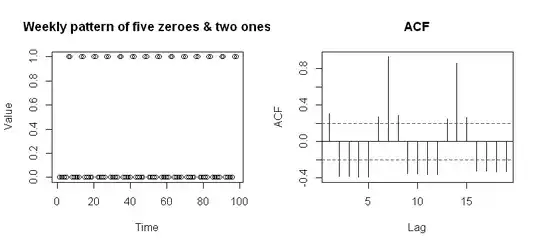I am new to the world of stats ...
My data had a log normal distribution, so transformed by log to get it nearer normal distribution. This is real-world data.
From here I want to establish if my data is normal for parametric tests (ANOVA tests for differences in groups and then Tukey HSD to find out which groups are different).
So I ran a few tests in R:
Median = 1.249979
Mean = 1.278969
Skewness = 0.3918898
Kurtosis = -0.1024776
Shapiro-Wilk normality test
data: mergedbedanova$logwinterCV
W = 0.98709, p-value = 0.01769
The Shapiro-Wilk test suggests that my data is not normal.
Question
Is this data normal or 'normal enough' for parametric testing? Or do i need to look at non-parametric tests?



